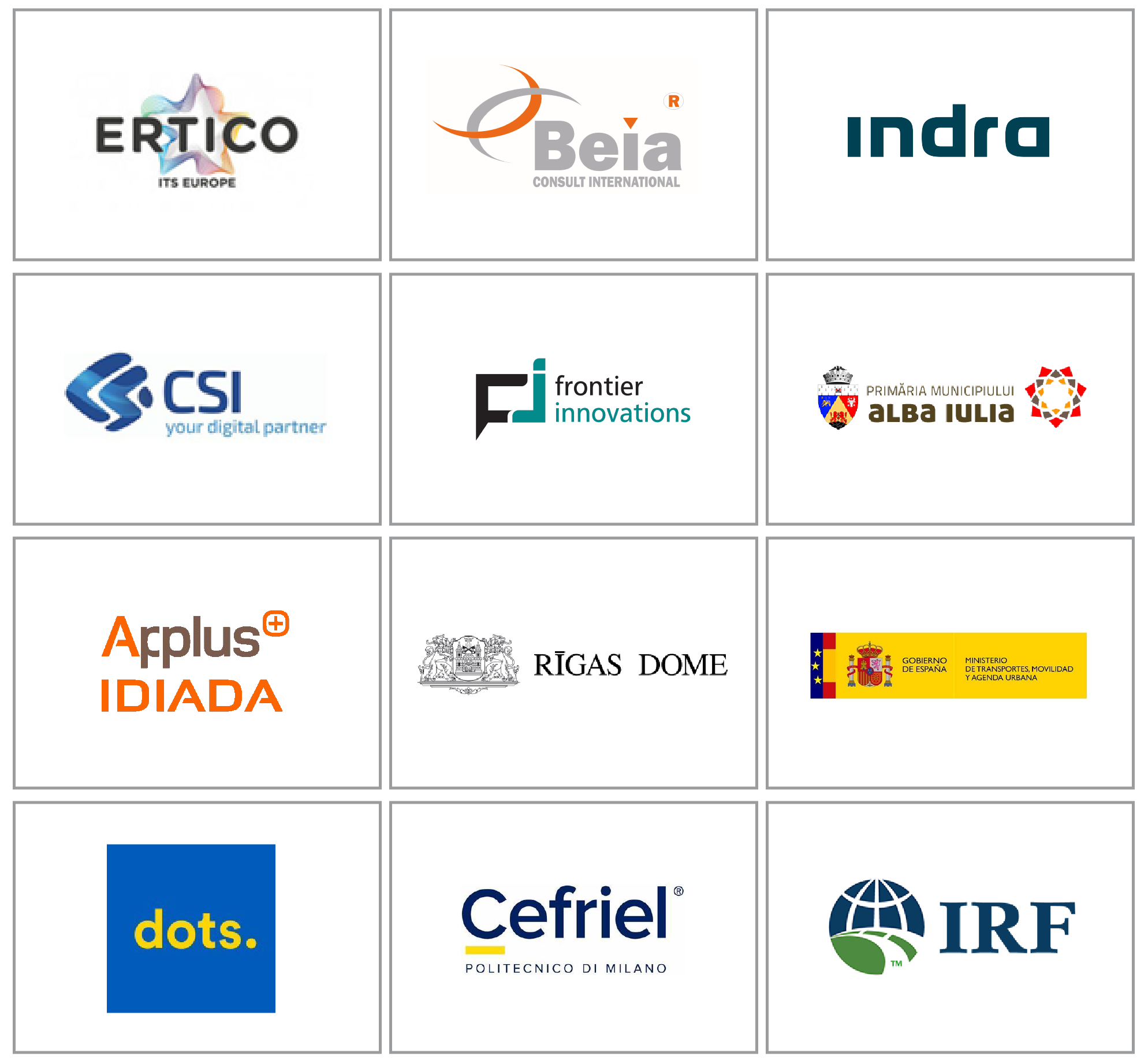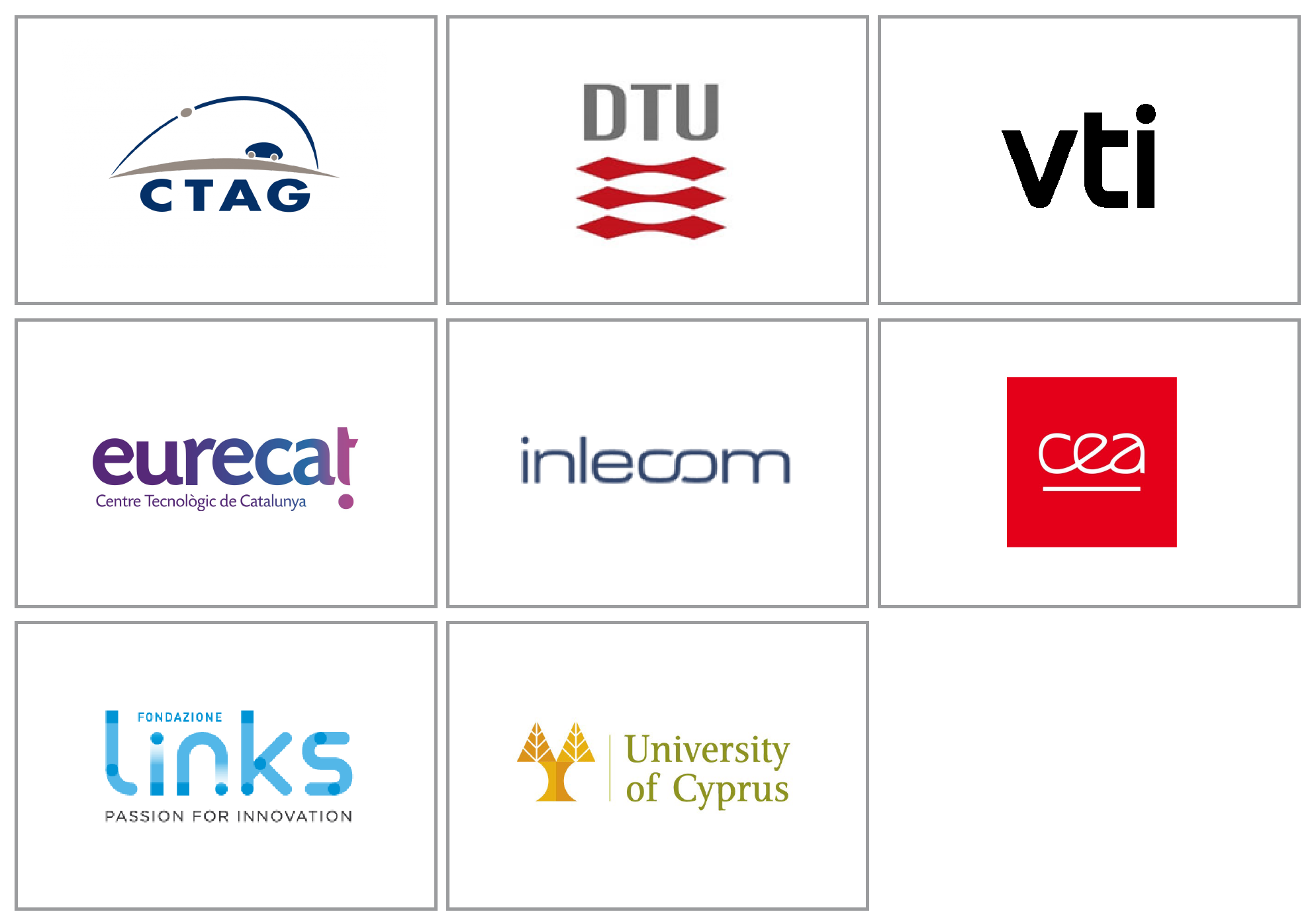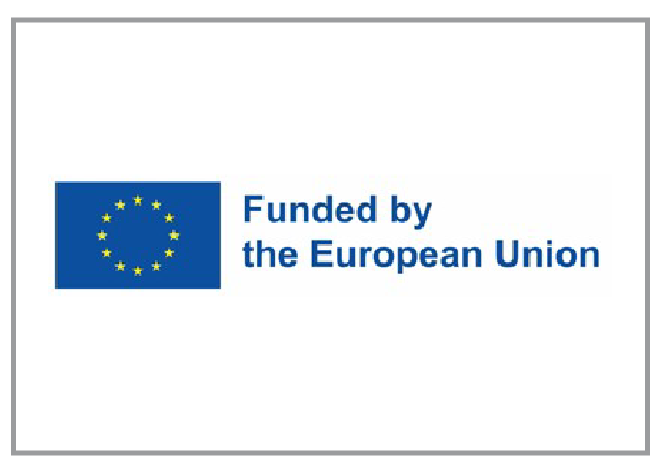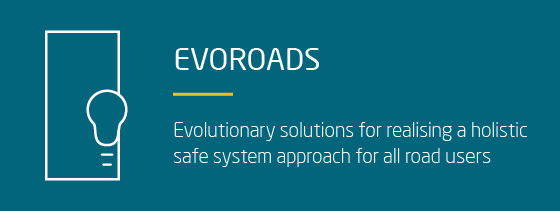Description of the project
EvoRoads contributes to the EU's Vision Zero by developing road safety assessment frameworks, improving dynamic monitoring of cyber-physical infrastructures and promoting proactive alerts in complex environments.
At the operational level, EvoRoads defines safety criteria and methodologies to quantify KPIs, develops a networked platform that digitises transport infrastructures and harmonises safety assessment services. This approach will be validated through four demonstrations in urban and rural environments, covering different types of road users.
The project has 5 key objectives in road safety research:
- To create an evolving framework that dynamically assesses road safety and quantifies risk, integrated into a safe mobility data space.
- Facilitate the monitoring of urban and rural infrastructure with a platform that detects deterioration, fuses heterogeneous data and issues proactive warnings to users.
- Develop a safety management platform based on advanced cyber-physical infrastructure assessment, digital twins and behavioural modelling.
- Validate EvoRoads solutions in four representative areas of the EU, analysing qualitative and quantitative results.
- Promote large-scale adoption of the innovations through impact-generating activities and policy recommendations.
Industrial partners

Indra's rol
Indra is leading a pilot of EvoRoads in Madrid-Alcobendas to improve and optimise maintenance and road safety. Thanks to the use of road condition detection technologies, supported by solutions such as the Digital Twin, V2X communications and 5G networks, the aim is to detect defects in the road surface at an early stage.
Public transport fleets in urban and rural areas provide key information for event detection, which will be shared by a comprehensive mobility platform based on a Digital Twin, so that both local (City Council) and central (DGC) administrations can receive alerts on the state of maintenance.
In addition, connected vehicle services will be implemented via 5G communications to receive alerts on planned work or the presence of maintenance personnel in the field, reducing the risk of these interventions.
Universities and technology centers

Technologies employed
- Digital Twin
- Connected Vehicle
- 5G and Edge Computing
More information
This project has received funding from the European Commission through the Horizon Europe Research and Innovation Programme, within the Call HORIZON-CL5-2023-D6-01-10.

